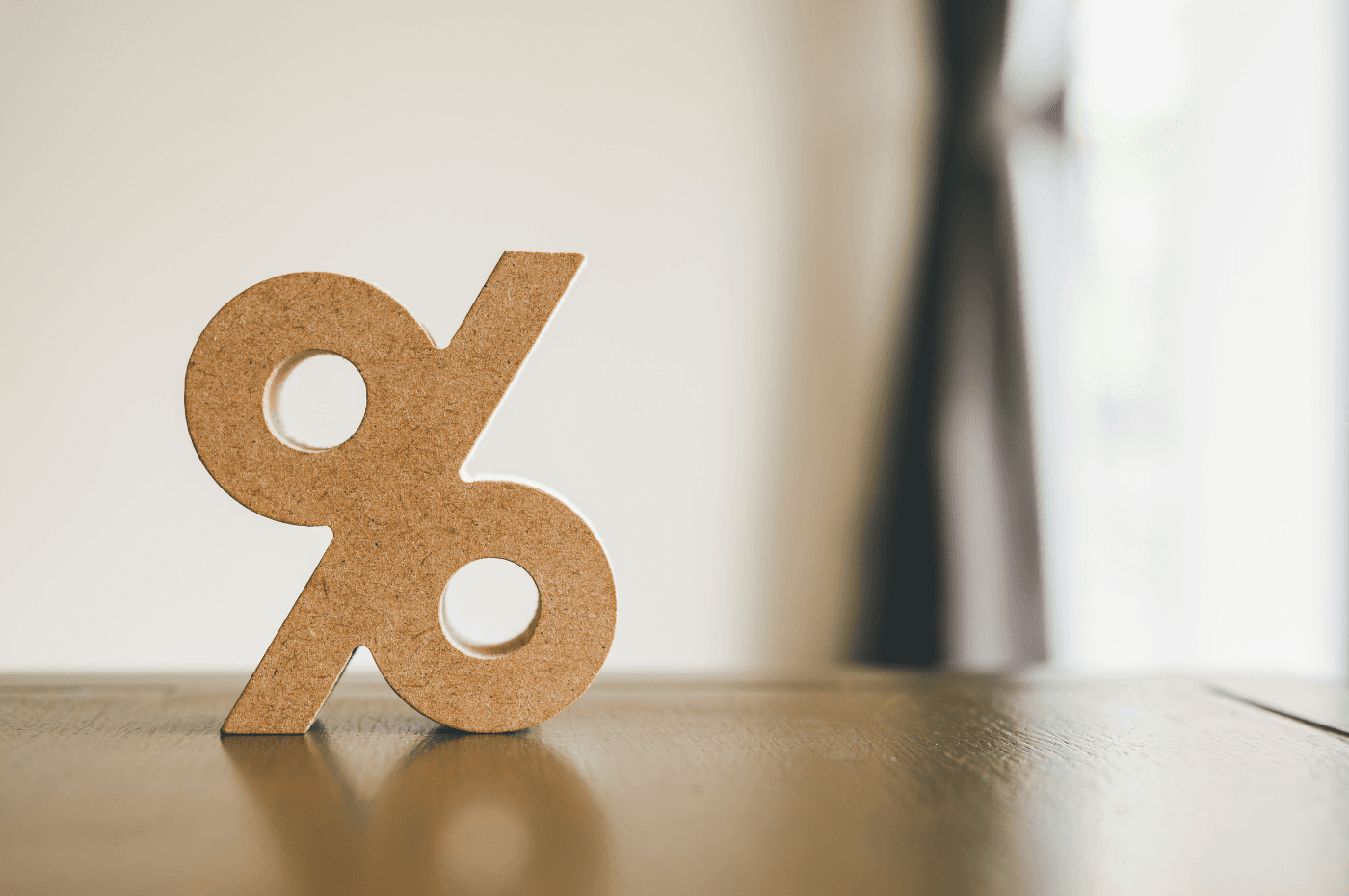Buying a home is often considered to be one of the most important investments you will ever make. For most Canadians, this also means taking out a mortgage. While there are several types of mortgages, high-ratio mortgages are a common option for buyers who cannot afford a large down payment.
It is important to understand the advantages and disadvantages of this type of mortgage, including additional fees and insurance costs. The information provided in this article will enable you to make an informed decision about which mortgage option best suits your financial and personal situation.
High-ratio mortgage: what is it?
A high-ratio mortgage is a type of mortgage granted to a homebuyer who cannot afford a large down payment on a property. Lenders offer this type of loan by enabling the borrower to pay a smaller portion of the total cost of the property, meaning that the lender finances a larger part of the loan.
In general, a high-ratio mortgage is defined as a mortgage where the loan-to-value ratio is greater than 80%. This means that the lender finances more than 80% of the value of the property, while the down payment is less than 20% of the purchase price.
Buyers who opt for a high-ratio mortgage can generally purchase a larger and more expensive property than those with a low-ratio mortgage, but this also entails financial risks. This is why lenders require mortgage default insurance to minimise the risks associated with this type of loan.

What is a low-ratio mortgage?
A low-ratio mortgage is a type of mortgage where the homebuyer puts down a large down payment on the property that is generally 20% or more of the total value of the property. With a low-ratio mortgage, the lender finances a smaller part of the loan, which means the lender takes less financial risk.
Buyers who can afford a large down payment can benefit from lower interest rates and lower monthly mortgage payments. In addition, such buyers may not need mortgage default insurance. However, it should be noted that the down payment may be quite large, which can be difficult for some.
Ultimately, the choice between a high-ratio or low-ratio mortgage depends on the needs and financial capabilities of each buyer.
The advantages and disadvantages of a high-ratio mortgage
As with any type of loan, there are advantages and disadvantages to a high-ratio mortgage. Here are some of the main ones:
Mortgage loan insurance
Mortgage loan insurance is required for high-ratio mortgages because lenders take a greater financial risk by financing a larger portion of the loan.
Mortgage default insurance acts as a form of protection for lenders in the event of default by the borrower. If the borrower is unable to repay the loan, mortgage default insurance can help the lender recover the outstanding amount on the loan.
Mortgage default insurance premiums can be added to your monthly mortgage payments and can add up to a significant sum over time. These premiums vary according to the amount of the loan and the loan-to-value ratio. The higher the loan-to-value ratio, the higher the mortgage default insurance premium.
It is important to note that mortgage default insurance does not protect the borrower in the event of default on the loan. If the borrower cannot repay the loan, it may be seized by the lender and the borrower may suffer a significant financial loss.

Mortgage payments
Mortgage repayments for a high-ratio mortgage may be higher than those for a low-ratio mortgage. This is because the borrower has to repay a larger proportion of the value of the property, resulting in higher payments.
However, it is worth noting that monthly payments can be reduced by spreading the loan over a longer amortization period.
Amortization of the loan
Loan amortization is the process of repaying a mortgage by making periodic payments over a set period of time. The maximum amortization period for a high-ratio mortgage is 25 years. For a low-ratio loan, this amortization period can be up to 30 years.
The longer the amortization period, the lower the monthly payments will be. However, it also means that the borrower will pay more interest over the lifespan of the loan. Borrowers should be aware of both the amortization period and the total cost of the loan, as well as any resulting impact on their payments.
Borrowers may also be able to choose between accelerated or regular payments to speed up the amortization of their mortgage. Accelerated payments involve the borrower making more frequent payments, such as weekly or fortnightly payments, which can help to repay the loan more quickly and save money on interest in the long term.
In short, borrowers should consider the amortization period, monthly payments, payment options and interest costs when selecting a high-ratio mortgage.

The interest rate
Interest rate is an important factor to consider when obtaining a high-ratio mortgage. Lenders may charge higher interest rates for high-ratio mortgages because they are considered riskier than low-ratio mortgages. Lenders believe that a borrower with a low down payment may be more likely to default on their mortgage.
The interest rate may also vary depending on the borrower's credit record, the term of the loan, the type of loan and the prevailing market conditions. Borrowers should be aware that higher interest rates mean higher monthly payments and a higher total cost of the loan.
However, interest rates can be negotiated with lenders and borrowers are free to shop around for lower interest rates. In addition, borrowers can consider taking out a mortgage pre-approval, which allows them to lock in their interest rate for a specific period of time, ensuring that no matter how much interest rates rise on the market, their interest rate will remain the same.
It's important to thoroughly research and compare mortgage offers from different lenders to find the most competitive interest rates, either on your own or with the help of a mortgage broker.
High-ratio mortgages: a good idea?
A high-ratio mortgage is a common option for homebuyers unable to afford a large down payment. While it allows buyers to enter the property market with a smaller down payment, it can also lead to higher costs, such as larger payments and an expensive mortgage default insurance premium.
If you're considering taking out a high-ratio mortgage, it's important to understand the characteristics and financial implications of this type of loan. Assess your financial capacity and spend some time comparing all of the available mortgage options before making a decision. You can always hire a mortgage broker to help you find the mortgage that's right for you.
Are you looking for a mortgage broker?
XpertSource.com can help you in your efforts to find a mortgage broker. By telling us about your project, we will refer you to top-rated experts, free of charge! Simply fill out the form (it only takes 2 minutes) and you will be put in contact with the right experts.





